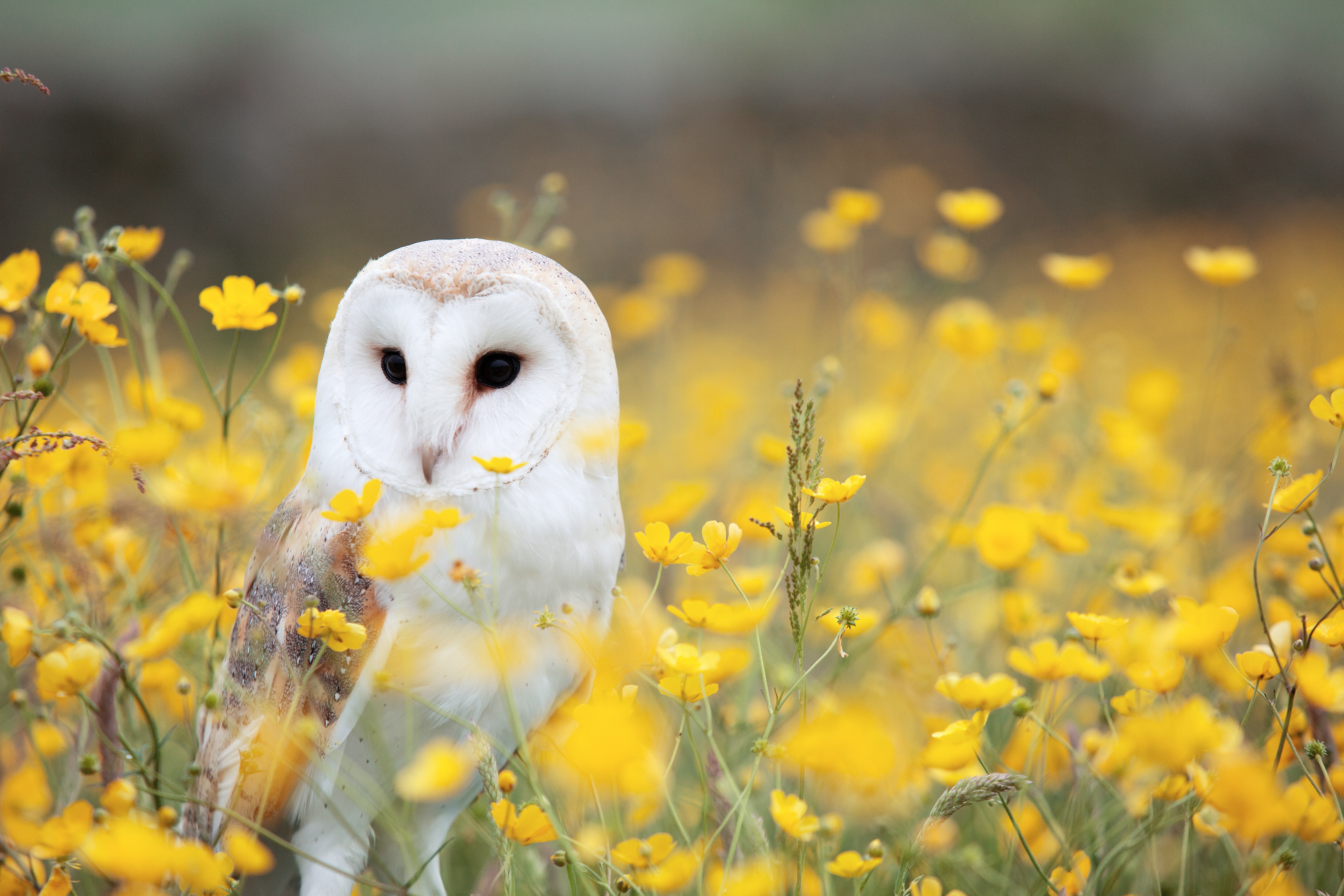Author Jan Morris who died in November 2020 aged 94, was a travel writer, historian and essayist known for books such as the Pax Britannica Trilogy and books on cities such as Trieste, Hong Kong and Venice. In 1963, working as a journalist she took part in the British expedition to climb Mount Everest and was famously responsible for getting the announcement of the successful ascent to The Times on 2nd June 1953, the day of Queen Elizabeth II Coronation.
I am currently reading her book Wales: Epic Views of a Small Country. In Chapter 3 she writes about how the Church authorities in post Roman Wales, tried to supress the paganism that had held sway over the Country. More than the oft quoted and oft talked about land of song, the Wales Morris describes is one of old rites, old gods and the reverencing of standing stones, woods and water. The archmage of these ancient days was, of course, none other than Myrddin Emrys, Merlin who has supposedly given his name to his birthplace Caerfyrddin, anglicized to Carmarthen. Personally I think they had a point didn’t they, those old beliefs? Perhaps we should reverence woods and water today a bit more than we do!
Superstitions which date back to pagan ritual still haunt our modern society. For example hands up who has ever thrown a coin into a fountain? If you have that makes you a surreptitious votary of the old ways. The christian church tried to stop such untramelled heathenism by threatening
“the old religions, threatening stone-worshippers or oak devotees with the awful penalties of sacrilege. They were never entirely successful, and especially they failed to stamp out the most persistent pagan practice of them all, the reverencing of sacred springs, translated over the centuries into holy wells.”
There is an image of a skeleton painted on the wall of Patrisio Church which Morris writes ” was allegedly painted with human blood”. That’s a bit grim. I’ve seen the image and there is nothing to indicate in this most serene and beautiful spot that anything gruesome ever took place there. Atmospheres often linger, even throughout the centuries.
Patrisio Church

Photo: Bianca Emberson
There is no evidence that the church was 100% successful in its mission to stop anyone worshipping anything except the christian deity. Holy wells are still littered all around Wales.
“They stand boldly beside high roads with stone enclosures or are hidden away in ivy-covered woods behind churches or in damp corners of unfrequented fields.”
One such sacred spring emerges from the ground just below the church at Patricisio, named for Father Isio (or St. Issui) a celtic holy man who it is said was martyred by marauding saxons. Father Isio’s was a hermit who had lived in this remote and beautiful spot approached by a winding lane above the Grwyne, at a time when the whole area would have been forested with beech and oak, almost completely uninhabited. His well is still there just below the Church.
“It is the frondiest, mossiest and shadowiest place imaginable… . Now and then you may find a bunch of wild flowers, primroses, bluebells or wayside celandines carefully laid upon the ledge inside.”





Leave a Reply to volatilemuseCancel reply